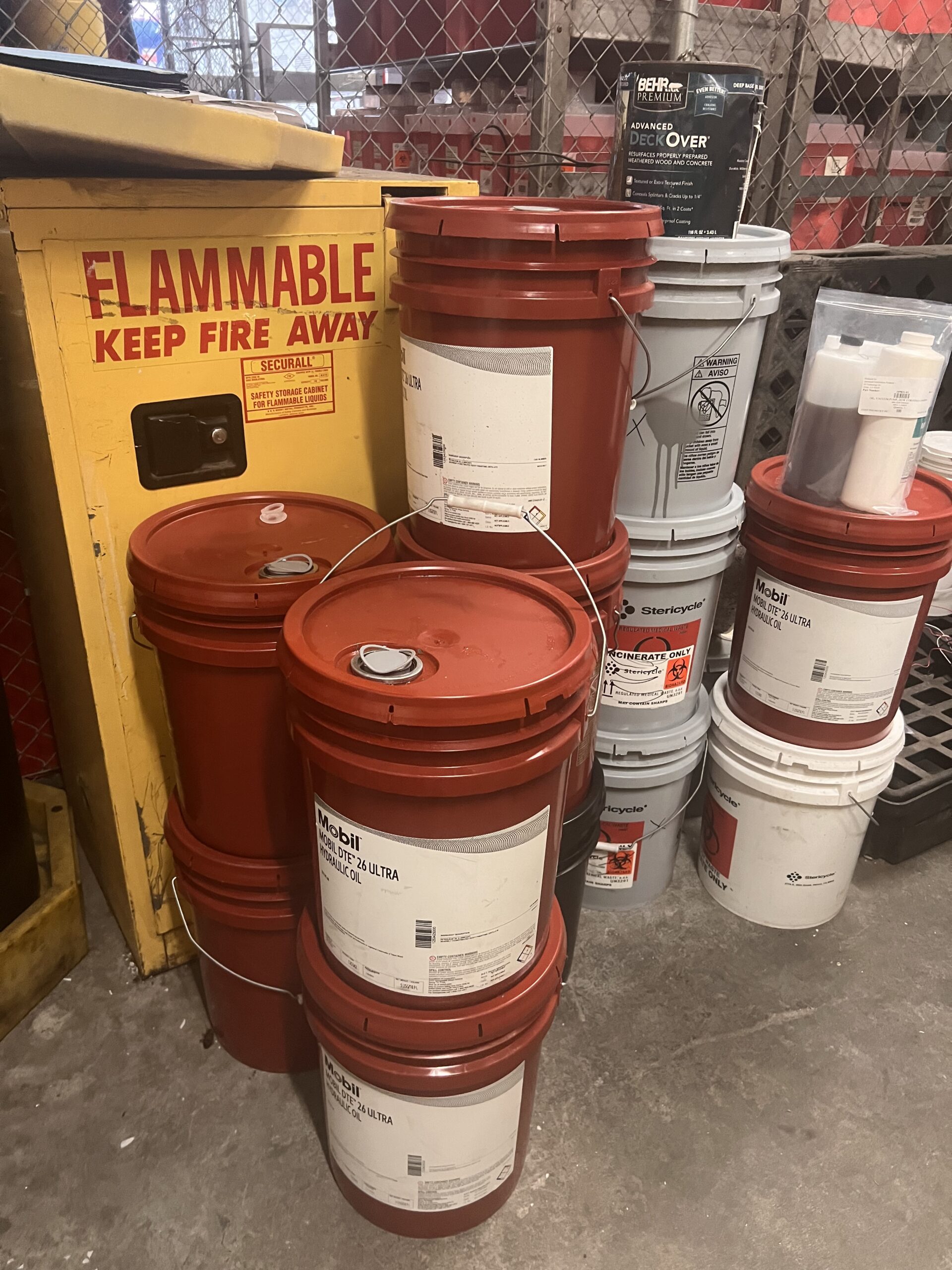Here we are at the end of week one in Nay 2023 The entire year is a flash before our eyes. We are certainly in precarious times with our economy; fuel prices and what the future holds. It is a certain an honor to be your vendor.
EWD works behind the scenes to secure the most reliable and cost effective disposal options for our clients.
I get calls whereas clients are asking whether or not their waste is considered hazardous. Here is a quick description of walking through the process. On some occasions you may even be able to declassify a waste stream. I recently ran analytical for a client and was able to declassify the waste stream as a Federally Regulated to a CA Regulated material.
If you are interested in running analytical on any of your waste streams; please let us know. Below is taken from our website which has a slew of other useful information. Read the entire article at this link. 2021 Hazardous Waste Management Information (actenviro.com)
Any trash that contains materials that may pose a risk to human lives and the environment is considered as hazardous waste. The sources of these wastes vary, and they may come in many forms. In this article, we will give you information on:
* the proper management of hazardous waste
* how different waste generators manage hazardous wastes
* how to transport hazardous wastes
* how to find solutions regarding hazardous waste management.
We will also touch on the topic of solid waste management, which also relates to the management of hazardous waste. But first, let’s take a look at how EPA defines and identifies certain substances as hazardous waste.
The Hazardous Waste Identification Process
The EPA has come up with definitions to regulate hazardous waste and processes to recognize hazardous substances. EPA’s guidelines have also included criteria for other materials to be controlled under the group of hazardous waste.
The process of identification can be confusing for waste generators due to its complex nature. Hence, EPA has produced a flowchart with a series of questions to make the process less complicated and more comprehensible:
Flowchart for Haz Waste Identification Process from the EPA
First, waste generators need to identify if the waste material is a solid waste.
Once the waste material is acknowledged as solid waste, the second step is to examine if the specified waste is let off from being solid or hazardous waste under regulated definition.
If it is determined that the waste passed the definition of being a solid waste, the third step is for the waste to be investigated by the waste generator is whether the waste is listed or not.
In the fourth step, if the waste is deemed delisted then it is subject to RCRA Subtitle C Regulation.

